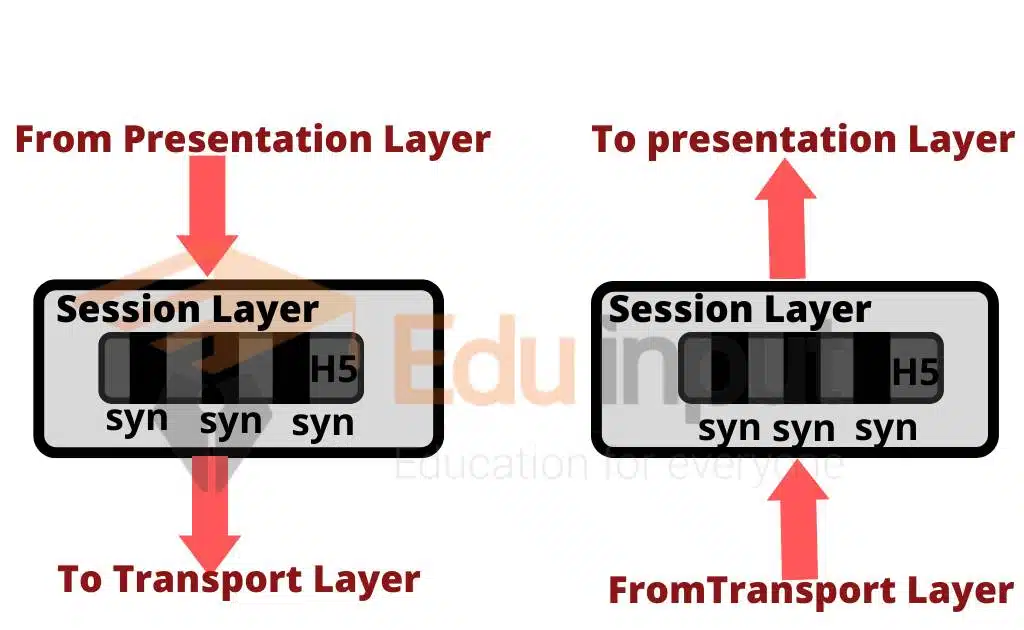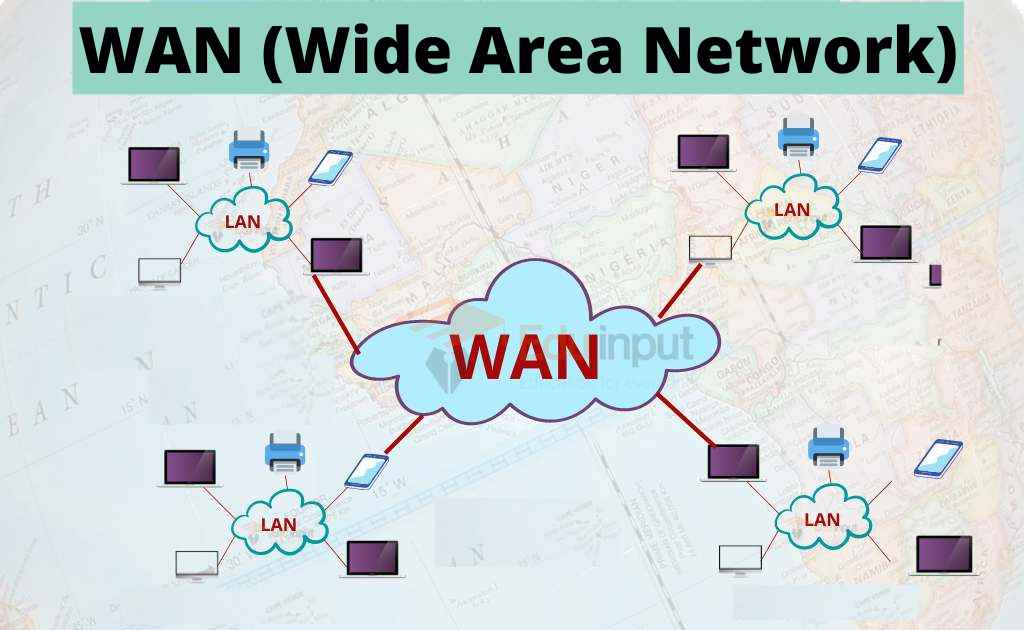Transport Layer of OSI Model | Session Layer of OSI Model
OSI model has 7 layers. Let’s discuss the Transport and Session layer of the OSI model.
Transport Layer of OSI Model
The transport layer controls the flow of data. It checks that messages are delivered error-free. It also divides a large number of messages into small packets for proper transmission.
These packets are resembled, checked for error, and acknowledged at receiving side. Data is transmitted if there is an error in transmission. The common protocols that operate at the transport layer are TCP, UDP, SPX, and NetBEUI.
Responsibilities of transport layer
There are various responsibilities of the Transport layer
Service-point Addressing
The computer can run multiple processes at the same time. The source-to-destination delivery means the delivery from one computer to another and from one process of a computer to another process of the computer.
The transport layer header includes a service-point address or port address. The network layer gets each packet to the correct computer. The entire message gets transmitted by the transport layer to the correct process on that computer.
Segmentation and Reassembly
A message is divided into segments. Each segment has a sequence number. The transport layer uses these numbers to reassemble the message correctly on the destination computer.
Connection Control
The transport layer can be connection-oriented or connectionless. A connection-oriented transport layer establishes a connection with the transport layer of the destination computer before delivering packets. The connection is transmitted after delivering all data. A connectionless transport layer delivers each packet to the transport layer of the destination computer as an independent packet.
Flow Control
The transport layer performs flow control end to end rather than across a single link.
Error Control
The transport layer performs error control end to end rather than across a single link. The sending transport layer ensures that the message is delivered to the receiving transport layer. Error connection is usually performed via transmission.
Session layer of OSI Model
The session layer establishes, manages, and terminates user connections. A session is an exchange of messages between computers.
The Session Layer is responsible for managing sessions between applications and hosts. This layer also provides services such as authentication, encryption, compression, flow control, and error recovery.

It synchronizes user tasks. Synchronization involves the use of checkpoints in the data stream. If a failure occur, only the data from the last checkpoint is retransmitted.
Suppose we want to send 1000 pages of data. Checkpoint can be used after every 100 pages. If there is an error at page 320, the page from 301 will be retransmitted. Page from 1 to 300 will not be retransmitted. Winsock and NetBIOS are usually shown as functioning at the session layer.







Leave a Reply